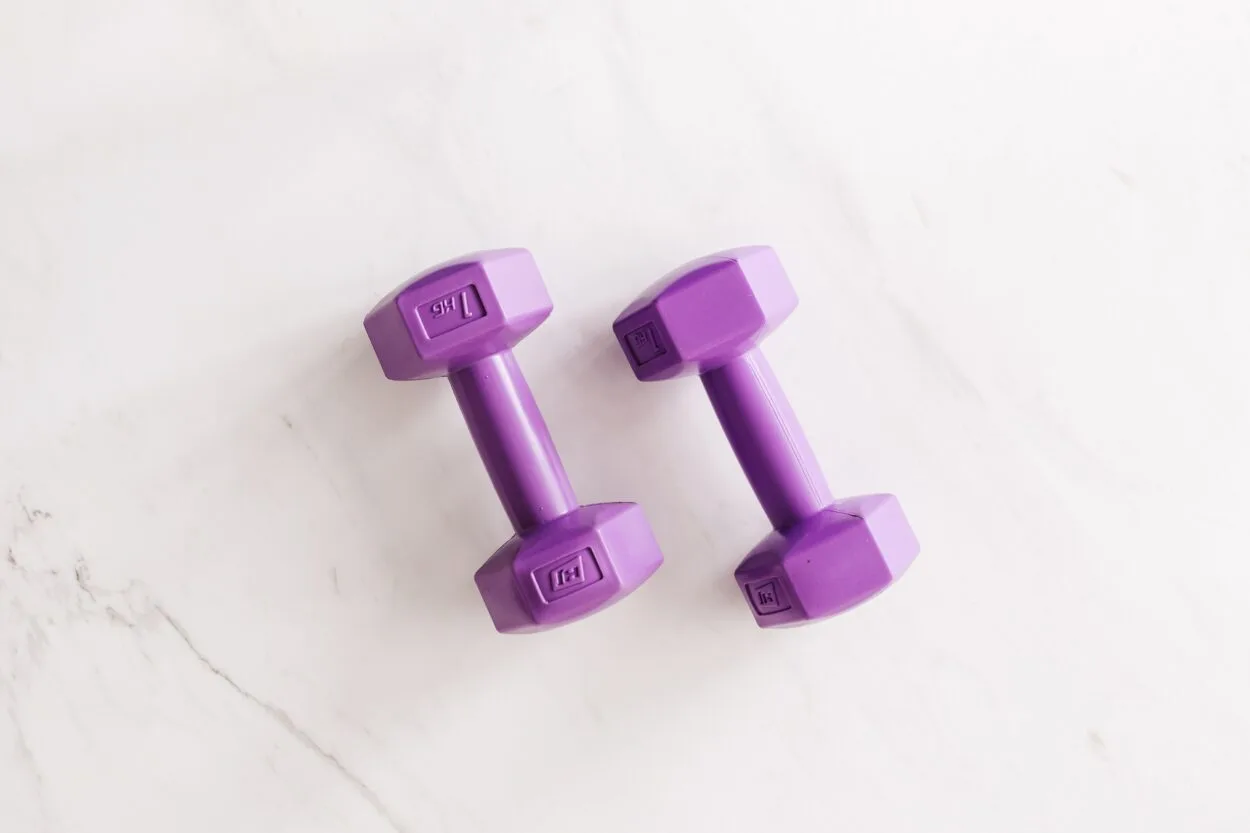If your goal is to see an increase and growth in muscular size, the most effective exercise would be a push-and-pull workout. However, the results you get from the exercise will be based on the sequence and intensity of the workout. Also, you won’t make enough gains if you aren’t taking enough calories along with the workout program.
It’s evident from the name that push means pushing weight whereas the pull workout includes all the exercises that require pulling.
Push-workout and pull-workout are different in the sense that they train different muscle groups of the body.
You may wonder which body part is trained by which workout, here’s a short answer to this. The upper body, has its push and pull workouts linked with biceps and triceps also known as arm muscles while for lower body training, a leg workout is effective.
Throughout this article, I’m going to discuss push and pull workouts in detail, so you can get the gains you’re looking for. I’ll also share some benefits of this exercise.
So, let’s dive into…
PPL Workout
Push-pull-leg is a workout that you do in splits and your body has enough time to recover. The reason why it’s more effective than the full body is that the amount of volume per muscle group doesn’t get neglected.
There will be no results in your strength and body in the first week. Since different routines work for different people, it’s essential to follow different patterns to find the most suitable one for yourself. Therefore, the first week won’t show any results. You should at least give a time frame of 5 to 6 weeks for a PPL workout.
Patterns For PPL

For your ease, I’ve created a table comprising two patterns. If you follow pattern one, you’ll have a day off in between. Meaning you’ll have in-between recovery time.
You can follow the pattern that suits best your needs:
| Pattern One | Pattern Two | |
| Monday | Push | Push |
| Tuesday | Pull | Pull |
| Wednesday | Leg | Leg |
| Thursday | Off | Push |
| Friday | Push | Pull |
| Saturday | Pull | Leg |
| Sunday | Leg | Off |
Push-workout
Each workout targets a specific muscle group. According to Aston University, with a push workout, you train your upper body muscles including the biceps, shoulder, and chest.
- Bench press and flat dumbbell press are the most common push-workouts.
- Bench press mainly works on the chest, though it also works on your shoulders.
- Like the bench press, the flat dumbbell press is also effective for growing the chest.
The benefit of these splits is that you don’t need to train your whole body every day as it can take up to two days to recover from an intense workout.
Pull-workout
While a pull workout helps you train your upper body to pull muscles such as the back, rear delt, and biceps.
- Pullups work great on growing your back muscles.
- Deadlifts
- Rear delt raise
Leg workout
Those who focus on building their upper body most probably neglect lower body muscles. This is when the leg workout comes into the show.
Legs workout lets you train lower muscle groups such as quads, hamstrings, and calves.
In case your legs take more time to recover, you can take a leg day in between.
Watch this video for 10 leg day exercises:
Is a morning gym workout better than an evening gym workout?

The thing that determines whether you should work out in the morning or evening is your work routine. For a person with a 9 to 5 job, it can be really hard to manage the gym in the morning.
However, the morning workout is better than an evening workout for so many reasons.
- You’ll stay energized the whole day.
- It keeps you from being stressed and anxious
- Morning exercise seems to reduce more weight than exercising at other times of the day
An intense workout can tear your muscles, therefore you need time and protein to recover. If you work out in the morning, you can have the healthiest breakfast containing proteins and carbs.
Why do forearms and calves recover faster than the other muscles during a workout?
Forearm muscles will take quite a minimum time for recovery, and the same goes for calves. The reason why these muscles recover faster is that we use these muscles in everyday activities more frequently.
Forearm muscles stay engaged while writing, cooking, or other chores, while claves are involved in walking.
Furthermore, you don’t need special equipment for forearm workouts. You can even work out at home with a simple set of dumbbells.
Final Thoughts
- Push and pull workouts are essential for muscle growth and strength development.
- Push workouts target upper body muscles like the chest, shoulders, and triceps. Whereas, pull workouts focus on the back, rear delts, and biceps.
- Leg workouts are crucial for training lower body muscles like the quads, hamstrings, and calves.
- PPL split ensures enough rest and promotes muscle growth.
- Alternating between push, pull, and leg workouts on different days is key to structure your workout routine.
- Morning workouts offer benefits like increased energy levels and reduced stress. It also aids in potential weight loss.
- Forearm and calf muscles recover faster. This is due to their frequent use in daily activities.
- By following a routine you can effectively target different muscle groups. And you can achieve balanced muscle development.

